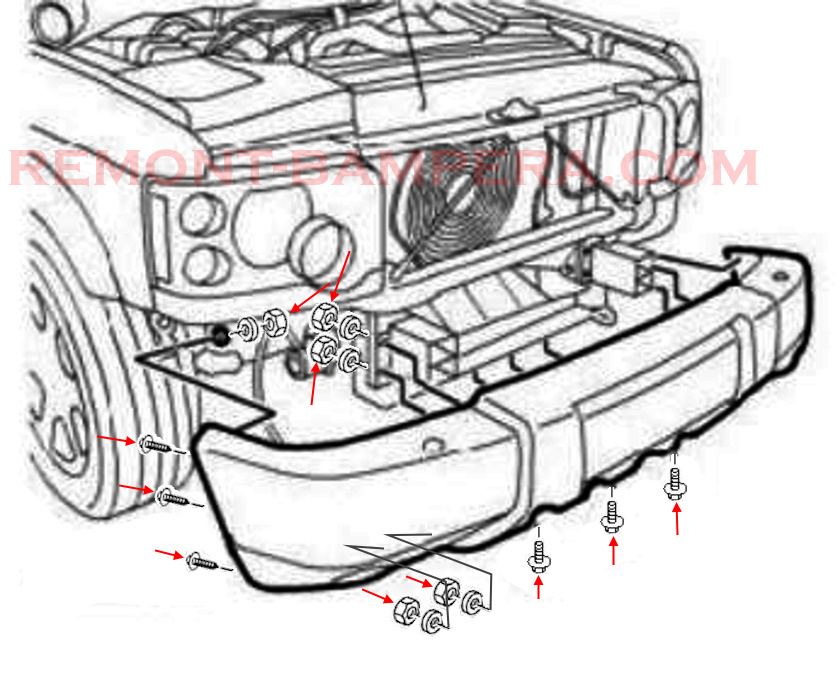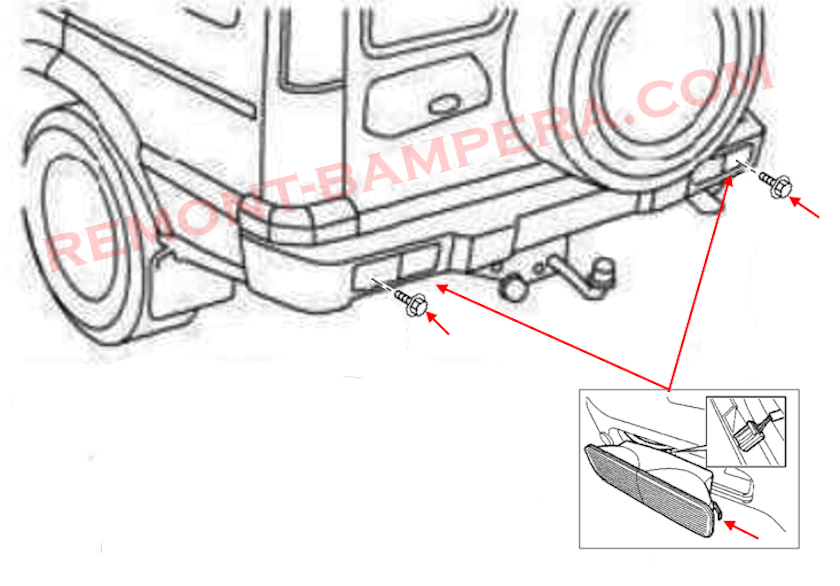The Land Rover Discovery II is a legendary off-road vehicle produced from 1998 to 2004. It succeeded the first-generation Discovery (1989–1998) and continued the traditions of the British brand by combining off-road capability, practicality, and family comfort. This model became iconic among off-road enthusiasts, and its design remains recognizable on roads today.
Model Code and Versions
The official designation for Discovery II is L318. Unlike its predecessor (Discovery I or L304), the second generation received a completely redesigned platform while retaining the ladder frame construction.
Main Versions:
- Discovery II (1998–2002) – initial version with redesigned exterior and interior
- Discovery II Facelift (2002–2004) – model with minor front-end changes (new grille, bumpers) and improved electronics
Model Description: What Made Discovery II Special?
The Discovery II inherited the distinctive silhouette with roof "ladder" and asymmetric rear window while appearing more modern. The interior received upgraded materials, and available features included:
- Permanent four-wheel drive with two-speed transfer case
- ACE (Active Cornering Enhancement) system
- HDC (Hill Descent Control)
- Optional third-row seating
Despite comfort improvements, it remained a true off-roader:
- Rigid ladder frame
- Live axle with springs (rear) and wishbones (front)
- Low-range gearing and center diff lock (select models)
Bumper Material (may vary): Polypropylene, 40% filler (fiberglass). Marking: >GM-PP-40<.
Front Bumper Removal Guide
- From underneath, unscrew three bolts (inserted bottom-up)
- Turn wheels alternately toward the wheel arch interior
- In wheel arches, remove bolts securing wheel liners (front section)
- Behind liners, loosen one nut on each side securing corners to brackets (no need for complete removal)
- Most challenging part: From engine compartment, remove eight nuts (locations shown in diagram)
- With assistant's help, slide bumper forward off wing guides (mind cables and hoses)
- Disconnect fog light connectors and separate headlight washer hoses


Rear Bumper Removal Guide
- Remove integrated rear lights (press tab from behind and extract light, remembering to disconnect wiring harness from brackets)
- Below lights, remove two bolts (19mm, socket wrench required)
- With helper, pull bumper backward (avoid damaging cables)
- Disconnect electrical connectors (if present)


Depending on market, the vehicle came with different engines:
Petrol:
- 4.0 V8 (185–188 HP) – naturally aspirated engine based on Range Rover P38 unit
- 4.6 V8 (217 HP) – more powerful version for American market
Diesel:
- 2.5 Td5 (136–140 HP) – electronically controlled turbodiesel, one of the most reliable in the lineup
Interesting Facts About Discovery II
- Rear axle issues – the model's weak point. Halfshafts and seals frequently failed due to design, especially under heavy use. Owners often upgraded to reinforced components.
- "Range Rover Killer?" – Offered similar comfort to Range Rover P38 at lower price, appealing to premium SUV buyers on budget
- Expedition use – Proved capable in extreme off-road journeys across Africa and Asia, valued for durability and repairability
- Last "true" Discovery – Succeeded in 2004 by third generation (L319) with unibody construction that sacrificed some off-road character
- Cult status – Well-preserved examples now collector's items, particularly Td5 diesel versions prized for reliability and economy
Conclusion
The Land Rover Discovery II remains a classic among off-road vehicles, blending toughness, practicality and nostalgic design. Many examples still operate today, cherished by enthusiasts for their character and serviceability. While prospective buyers should be prepared for known weak points, they'll be rewarded with authentic off-road capability and ownership of a true automotive legend.

 English
English  Italiano
Italiano  Français
Français  русский
русский  Deutsch
Deutsch  Español
Español